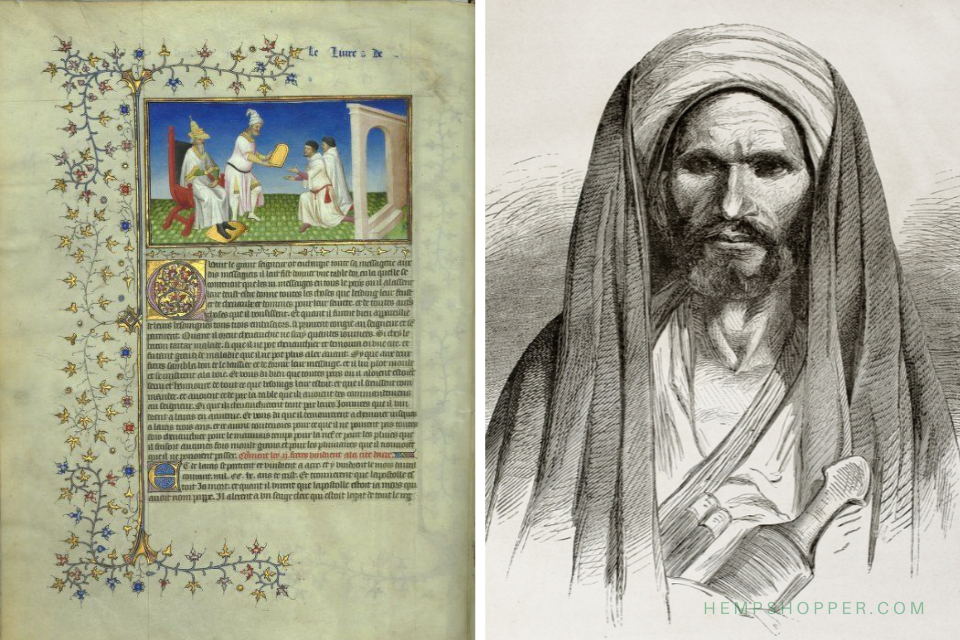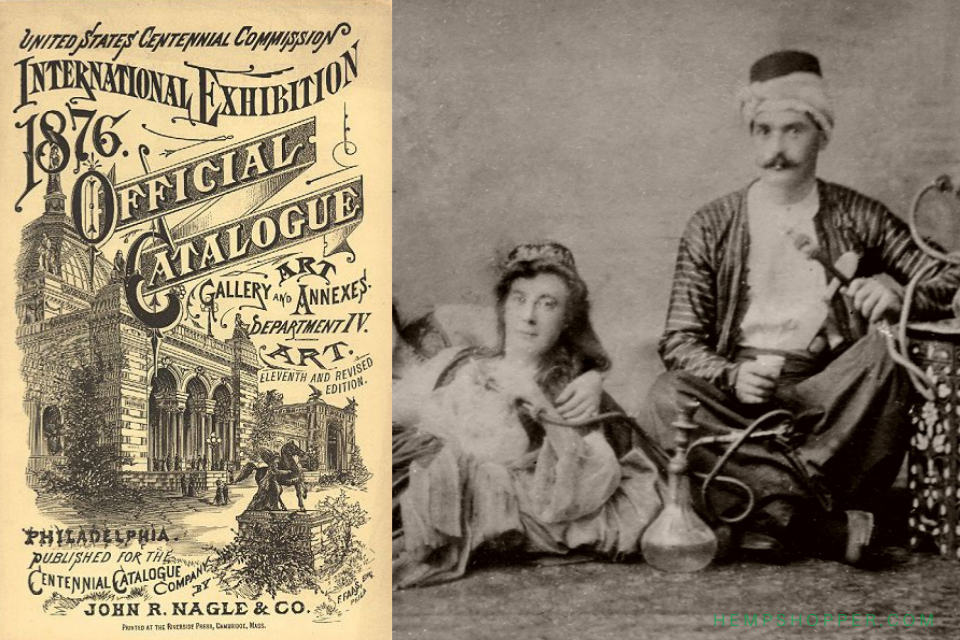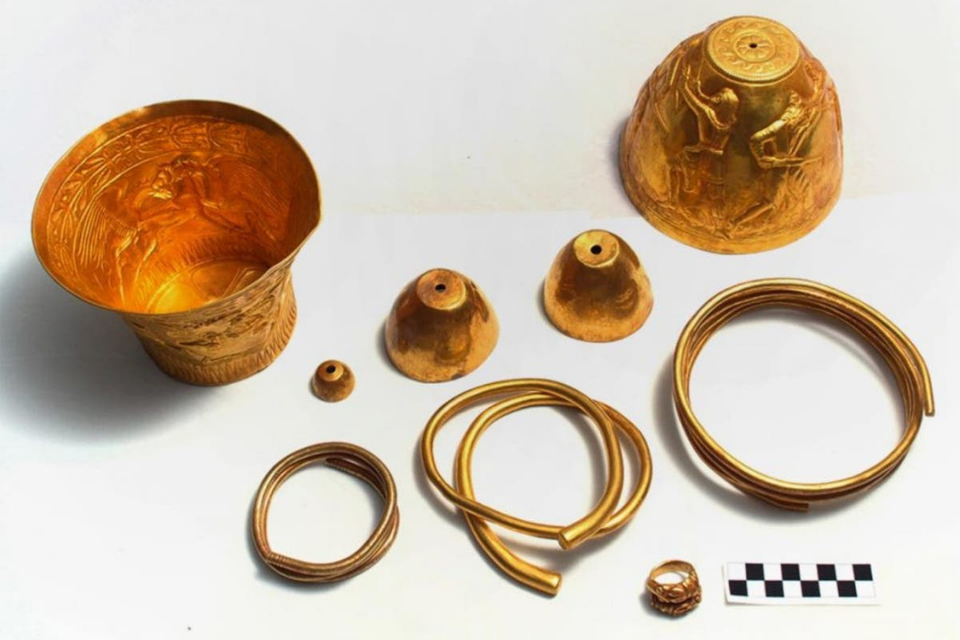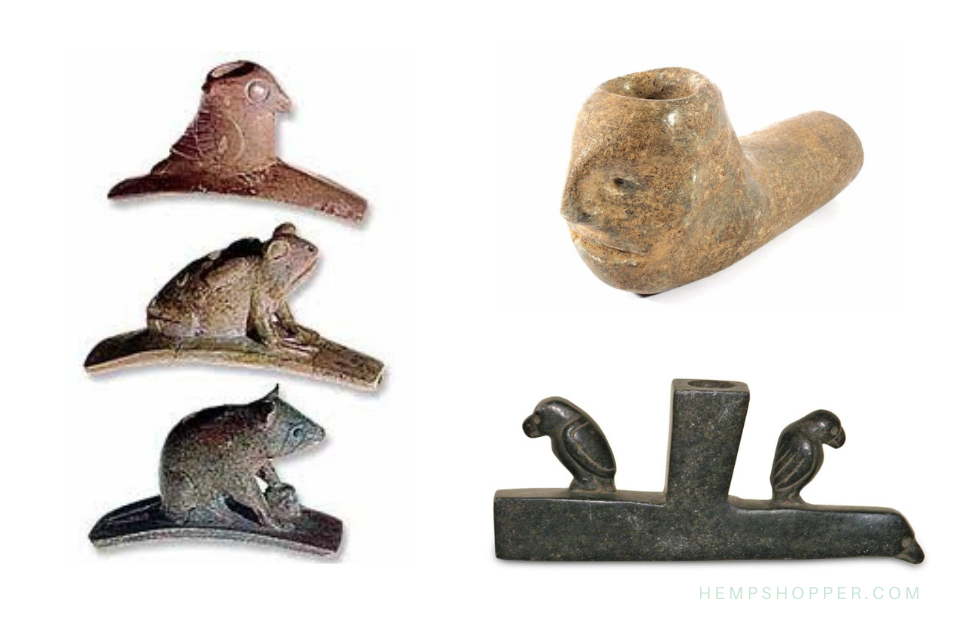450 BCE: Scythians use cannabis in funeral rituals

450 BCE: Scythians use cannabis in funeral rituals.
In antiquity, Scythian was a terms used by the Greeks to refer to certain groups of horse-riding nomadic pastoralists who resided on the Pontic-Caspian steppe. The name “Scythian”, and the related word Saka (in Persian), was also used to refer to various peoples seen as similar to the Scythians, or who lived anywhere in a vast area covering present-day Central Asia, Russia, Romania and Ukraine—known until medieval times as Scythia.
Most of our information about them came from the Greeks. Herodotus describes how Scythians used cannabis, both to weave their clothing and to cleanse themselves in its smoke (Hist. 4.73-75); archaeology has confirmed the use of cannabis in funeral rituals.[1] Herodotus also describes a meeting involving such fumigation leading to collective hilarity of the participants. Cannabis was a characteristic of the Scythian belief system, they used cannabis to induce trance and divination by soothsayers.[2]
Archaeologists found a container of cannabis in the burial chamber of a 2,500 year old mummified Scythian ‘princess’, as if she might require it in the afterlife.[2] Preserved in ice in an elaborate grave in the Altai Mountains, the ancient woman – famous for her remarkable tattoos – possibly took cannabis to dull the ravages of her illnesses, experts have discovered.
1. World Heritage Encyclopedia, Scythians: article WHEBN0000062353 2. Siberiantimes.com/science/casestudy/features/iconic-2500-year-old-siberian-princess-died-from-breast-cancer-reveals-unique-mri-scan/ Photo: Reconstruction of the Princess Ukok Research and text © Hempshopper Amsterdam.


 Hempshopper Amsterdam
Hempshopper Amsterdam 






